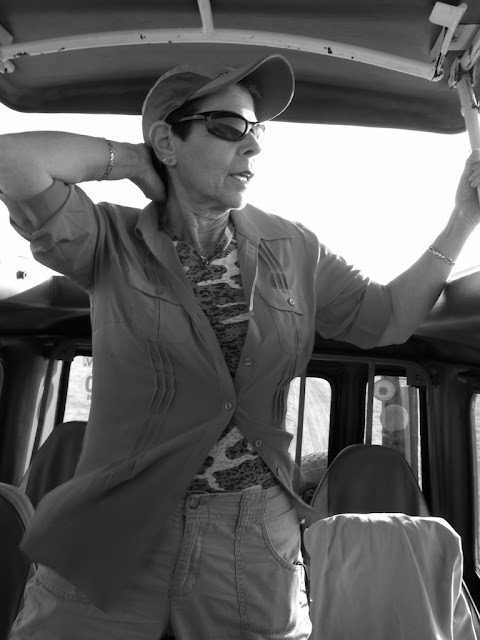"Good is the enemy of great"... so goes the opening sentence in Jim Collins' best selling book about successful organizations and businesses. But can good be good enough if it meets some intrinsic need or desire? Does the pursuit of greatness somehow taint the pleasure of the experience?
I am a perfectionist and I tend to approach everything I do with the goal of being the best... number one... admired, loved and envied. This perfection complex often steals the moment, and denies me the opportunity to live the experience. However, when I photograph birds, I know that I will never be the best. I don't have the patience to be the best, nor do I even want to try to be the best.
It's actually refreshing to air this baggage in a public forym. There it is, I'm pretty average when it comes to bird photography. I'm good,... but I'm definitely not great. I could wallow in this mediocrity and avoid birds altogether, but instead, I've chosen to pursue them.
I like the silence of a cold morning in predawn light. I enjoy hearing chatter in the trees and waiting for a fleeting opportunity to capture an elusive feathered reptile. While I'm not one of those obsessive enthusiasts who needs to see the rare exotic visitor that banked left instead right during its migration, I do get excited when I see something new. I have no idea how many bird species I've seen, as I am not organized enough to keep a list. Yet, I recognize those birds I've seen before, and know when I'm viewing something new.
Let me be clear... I am definitely not a "birder." I like a long walk in the woods and will try to study the birds I encounter, but that's about as far as it goes. I know quite a few birders, and I find them to be an interesting lot. I think some suffer from flight envy. They always seem to be captivated by the whole soaring thing. Don't get me wrong, it's cool that birds can fly, but that's their adaptation... it's what birds do. Do you think birds envy our big brains and our ability to give live birth?... I doubt it.

I just find this class of vertebrates interesting. The structure of bird feathers, the layered plumage, and the unique patterns can be quite striking. I'm captivated by their bipedal bodies, scaly legs, and toothless beaks. Bird behavior seems to be more tightly linked to their genetic inheritance and more predictable than mammalian behavior. Is this adaptation as important as their ability to fly? I love the fact that birds are ubiquitous. I can find them when I travel, during the summer, and even throughout a harsh Minnesota winter. Simply put, birds are just cool!
So here's the rub... I'd love to say that I'm a great bird photographer and celebrate in my ability to nail the peak moment, but that's not the way it is. Clearly, my bird photography is not about greatness, it's about the process, it's about being there. For now, I'm just sweeping that whole perfection thing under the rug and try to accept the idea that good is good enough!
Image #1: Marabou Stork. Kenya
Image #2: Grey crowned Crane. Masai Mara, Kenya
Image #3: Sandhill Cranes Migrating South During a Harvest Moon
©2000-2010 BTLeventhal.com / Bruce & Tamy Leventhal. All rights reserved. No image on this site may be used without permission






























